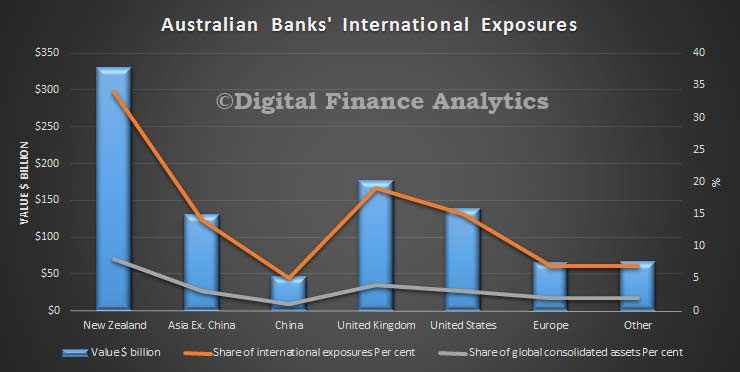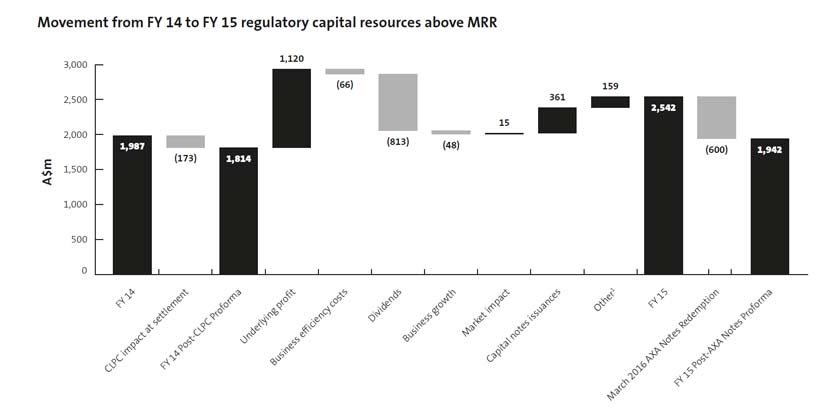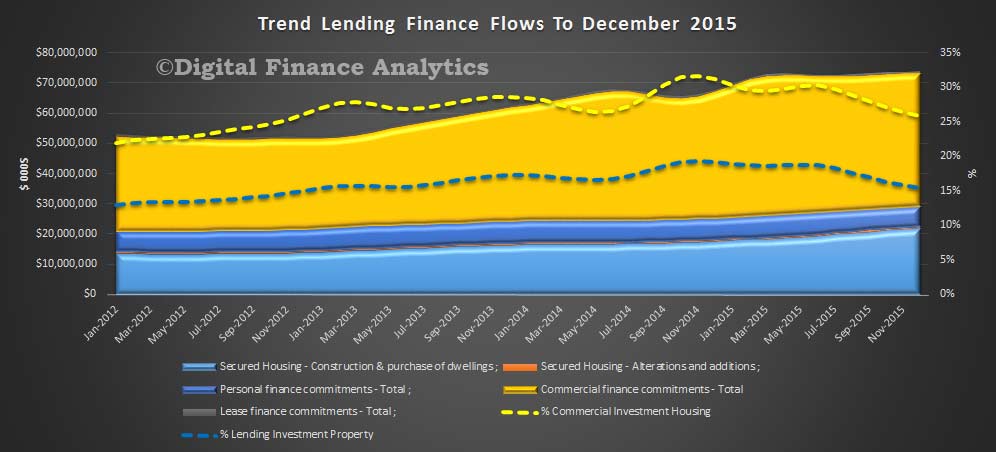Warren Tease, Principal Adviser, Macroeconomic Conditions Division spoke at CEDA’s Economic and Political Overview Conference about forecasting in Treasury.
Most forecasts for growth in most economies have been persistently too high over the past few years.
In that time, a key feature of the forecasts for the global economy and for Australia has been the persistent downgrading of forecasts. The pattern of downgrades is clear. In almost every year since the crisis, forecasters have been too optimistic about the outlook for growth. Treasury’s forecasts have exhibited the same behaviour. This persistent bias is perhaps the most unusual attribute of recent experience, at least in Treasury’s case, as past forecasting reviews have shown that Treasury’s real GDP forecasts have not exhibited persistent errors over time.
Digging a little deeper into this quantitative work I would also observe that Treasury’s forecasts did well in normal times but were challenged when conditions were unusual.
Thus, while there was no evidence of persistent errors over a very long time period, Treasury’s forecasts were punctuated by persistent and sometimes large errors over horizons relevant for policy makers and their advisers.
This can be seen in the following chart which compares Treasury’s forecasts of nominal GDP growth with actual outcomes since the early 1990s. I use nominal rather than real GDP as it is a key input into forecasting budget outcomes.
Chart 2 — Nominal GDP Forecasts and Outcomes
Source: Budget papers and ABS cat. no. 5206.0
It shows three distinct periods of forecast errors. Forecasts regularly overestimated nominal GDP growth in the early 1990s and after the financial crisis while understating outcomes for most of the 2000s prior to the crisis.
Each of these episodes coincided with Treasury persistently erring in its inflation (measured by the GDP deflator) forecasts. This observation has been made in each of the previous forecast reviews.
As previous reviews noted Treasury missed the decline in inflation in the early 1990s.
More recently, the forecasts did not incorporate fully the impact of the unprecedented rise then fall of commodity prices. In the upswing, Treasury’s forecasts did include projections that prices would eventually fall but these proved to be wrong as prices continued to increase. In the downswing, prices have fallen more rapidly than Treasury’s assumptions implied. Heightened volatility in Australia’s terms of trade has made it more difficult to forecast nominal GDP outcomes.
While difficulty in forecasting the GDP deflator has been a feature of Treasury’s (and others’) forecasts, past reviews have shown that its real GDP forecasts were more accurate and unbiased. Therefore, it is the persistent errors in Treasury’s real GDP forecasts of the past few years that have been unusual.
The chart shows that in the 1990s and 2000s there was no distinct under or overestimate in Treasury’s forecasts for the real economy. However, since the crisis Treasury, like the other forecasters presented earlier, has for the most part overestimated real GDP growth.
Chart 3 Real GDP Forecasts and Outcomes
Source: Budget papers and ABS cat. no. 5206.0
Now I do not wish to push this point too hard as the sample set is very small but it is consistent with what we are seeing across a range of forecasters and countries.
He has reviewed the forecasting approach, and concluded that in Australia a smaller number of input metrics have been used, compared with other countries. In addition Australia, as an open economy is wide open to international factors which impact locally.
“For a small open economy like Australia, persistent and short-term deviations from trend are likely to be driven by global economic shocks, large changes in commodity prices or from the financial sector. Other factors could also be important but these three factors encompass much of Australia’s experience with shocks.”
Finally, there is a bias towards trend performance, so any deviation is harder to cope with.
“It means that Treasury’s forecasting approach is likely to generate reliable forecasts at times when economic conditions are normal but will be challenged at other times.
There is a therefore a high probability that structural changes or persistent shocks will not be adequately incorporated into the forecasts”.
Good to see a discussion about the complexity of forecasting in a volatile environment. We should not be taking their projections as gospel truth. Forecasting ain’t easy!






